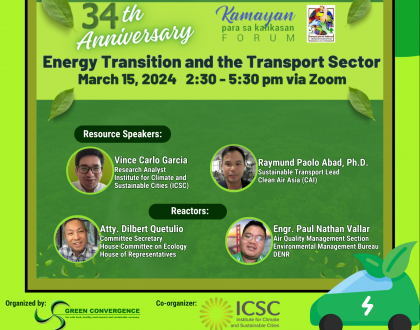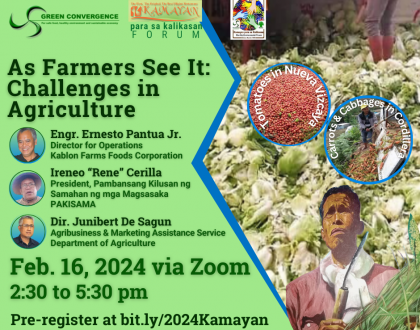Protocols and Role of Native Species
Most reforestation efforts in the Philippines focus on the development of forestry and agro-forestry system using tree species which are introduced because they are selected for their fast growth and easy germination. The species composition of the original forest that once covered the land prior to logging are rarely taken into account. There must be a paradigm shift. Rain forestation is the use of native species. Its objectives are to: replace the more destructive forms of slash-and-burn or kaingin practices; protect forest biodiversity; provide farmers with a stable and high income; help maintain the water cycle; and form a buffer-zone around the primary forest.
Impacts of rainforestation include: improved chemical properties, structure, water holding capacity, organic matter, and colour of the soil; enhanced nutrient status, biological activity, and microclimate. It likewise provides sustainable income to farmers. Available scientific evidence strongly supports the conclusion that the capacity of forest to resist change or recover after the disturbance is dependent on biodiversity at all scales.
Since biodiversity is a key factor underlying the resilience of forest ecosystems and trees to stress, the use of multiple species of native trees in NGP or in reforestation program must be promoted.
Exotic species have negative impacts on the environment. The exclusive use of exotic tree species in reforestation reduces forest biodiversity as pollinators and tree dependent wildlife will be lost. The occurrence of mother trees becomes rare and seed material becomes uncommon. The repeated clear cutting of fast growing exotics depletes soil nutrients fast, which makes reforestation unproductive in the long run. The cultivation of monoculture exotic trees are prone to pest infestation on distorted landscape.
Therefore, introduction of invasive species or non-native tree species must be controlled and reliance on non-native tree species must be reduced. Instead, strive to increase the variety of native tree species used in restoration. Plan the sourcing of propagation materials of desired species from different sources that match the environmental conditions of the restoration sites.
Recommended Posts

Energy Transition and the Transport Sector
March 15, 2024

As Farmers See It: Challenges in Agriculture
February 16, 2024

